The past year has seen Tyler Mitchell become the first African American to shoot a cover of American Vogue in its entire 125 year history (for the September 2018 issue), while Nadine Ijewere became the first black woman to ever shoot a cover of any Vogue in its global history. It has been a watershed year for black creatives, with a new wave of image-makers and stylists breaking through to change the landscape of the industry. So, Antwaun Sargent’s debut book ‘The New Black Vanguard’, chronicling the historic moment, feels like a cultural milestone in and of itself.
By definition, a vanguard consists of a group of people trailblazing in their ideas and developments. But while Sargent's book celebrates such individuals, it also pays homage to those who have come before, including Gordon Parks and Anthony Barboza (the first photographer to shoot supermodel Iman in the 1970s), the latter of whom writes an essay exploring the black fashion image from the mid-nineteenth century to our present day. Then come the chapters celebrating the work of the new vanguard, which includes Awol Erizuku, the Ethiopian-American artist responsible for Beyoncé's pregnancy portrait; Micaiah Carter, the Brooklyn-based photographer; Ruth Ossai, the Nigerian photographer who has shot campaigns for Fenty; Stephen Tayo, the Lagos-born photographer and multi-talented Daniel Obasi, art director, stylist and photographer.
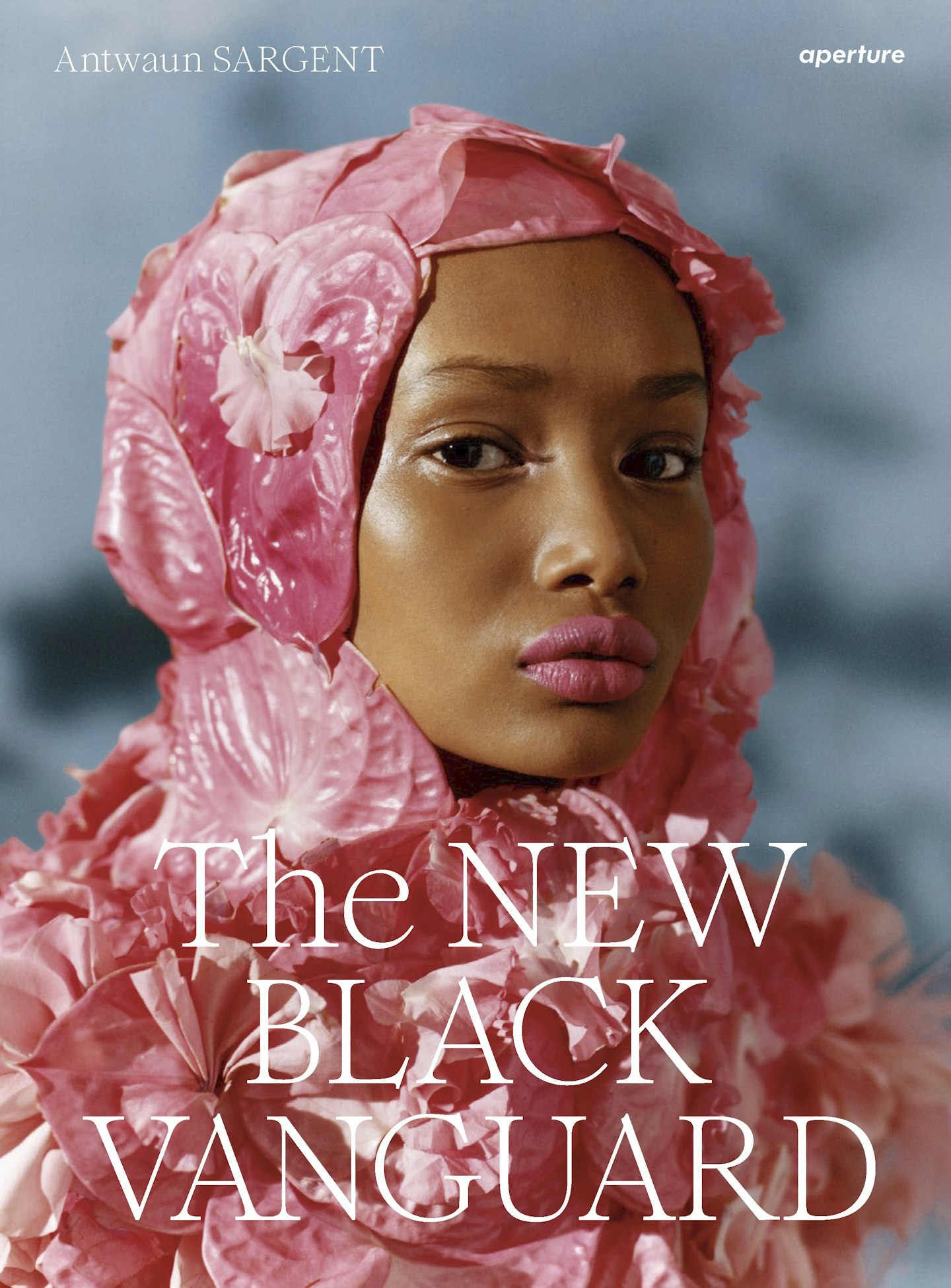
Published by Aperture, it combines 221 images with a spotlight on 15 of the world’s most-watched emerging photographers, recasting perceptions and warped narratives frame by frame. Many of the images in the book have made headlines, such asMitchell’s portrait of Beyoncé for that historic cover of Vogue. It was so momentous – the singer in a shimmering sequined Valentino gown and metallic Philip Treacy headdress, leaning on a bouquet on top of a Grecian column – that the Smithsonian’s National Portrait Gallery acquired it for its permanent collection in August of this year.
Just last weekend, British-Ghanaian Campbell Addy, another notable presence in the book, became the first black photographer to shoot Naomi Campbell in a mainstream fashion shoot in 33 years. Sharing the images on Instagram, Addy wrote: 'It’s a very surreal moment after the longest flight of my life and to see this be shared with you all. Firstly to have shot the icon that’s Ms Naomi and two for her to reveal that it’s the first time in over THREE decades that she’s been photographed by another black person in mainstream fashion... let that sink in people... I am very blessed to be alive and working today, so thank you to everyone that’s made my existence possible. Here’s to many more shoots together.'

As the book hits shelves this month, Daniel Obasi, the multi hyphenate who is at the heart of the new vanguard movement, sits down to discuss his work, the importance of representation and the significance of this publication.
What is the significance of a book like The New Black Vanguard? How does It feel to be included?
'Why not now? The New Black Vanguard for me signifies a great meeting point for amazing black artists – not just fighting for representation but creating a space to flourish. I would say it’s an honour to be included but the author, Antwaun [Sargent], has always been there from the beginning of my career. It just feels like a full circle. The book really inspires.'
Why is a lack of representation so important to you and for us all today?
'I think we are all trying to make the world a better place. What better way to do that than by welcoming everyone’s diverse opinions? I believe we build better relationships when we understand each other’s differences and respect individual cultures. If we are all seated on a table with our different backgrounds and experiences and constantly opening a dialogue on all issues affecting us a human race, I think the world would move forward faster and a lot of mistakes plaguing us today wouldn’t even exist.'
With artists such as Joy Labinjo gaining recognition at Tiwani Contemporary Gallery and her success at Frieze London as well as Kara Walker’s recent fountain installation in The Tate’s Turbine Hall, how important is it for female artists and photographers to share some of this spotlight?
'My greatest inspiration has always come from women. My first introduction to fashion and arts was through my mother and aunts. My first fashion internship was with my mentor Funmi Fagbemi. So in a better world, or tomorrow, I don’t think female creatives should still be a minority. The level of impact their works have is so big and often becomes a landmark or a turning point for us. The works of my friend Ruth Ossai, who is featured in the book, takes you back to a contemporary style of photography that I grew up with as a kid – going to a studio, mostly a small makeshift one, and posing in front of an animated or colourful backdrop. Every Nigerian has experienced that at least once. So, it’s beautiful seeing her preserve and repurpose that form of photography in a world that is edging further into minimalism.'
Which other female creatives should we be keeping our eyes on?
'My friends Christina Nwabugo, Yagazie Emezi, Eloghosa Osunde an amazing writer and photographer, stylist Bee Diamondhead and Filmmaker Daisy Zhuo.'
Why is there a spotlight on creatives coming out of the African continent? How are you putting the attention to good use?
'Honestly, I think we have all just been creating out of our different and unique experiences. I started my career not even sure I had a future in it, just a belief that my voice matters. Social media has helped in forming a bridge for us all to find ourselves. I think the world is just catching up with the amount of energy that has always been here. It’s beautiful to see.'
The New Black Vanguard: Photography Between Art and Fashion, curated by Antwaun Sargent is available from Aperture****.
The New Black Vanguard
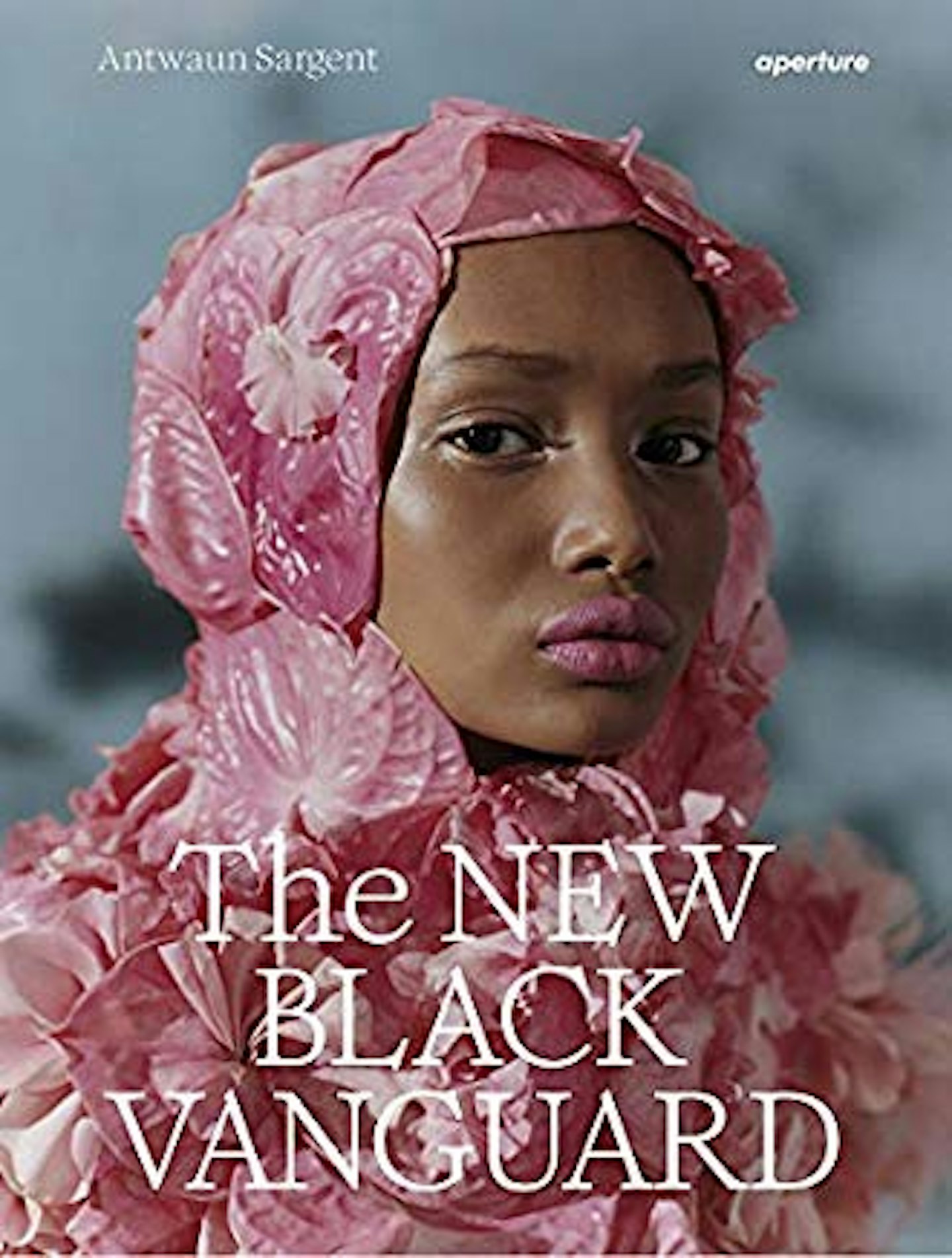 1 of 9
1 of 9The New Black Vanguard, £40
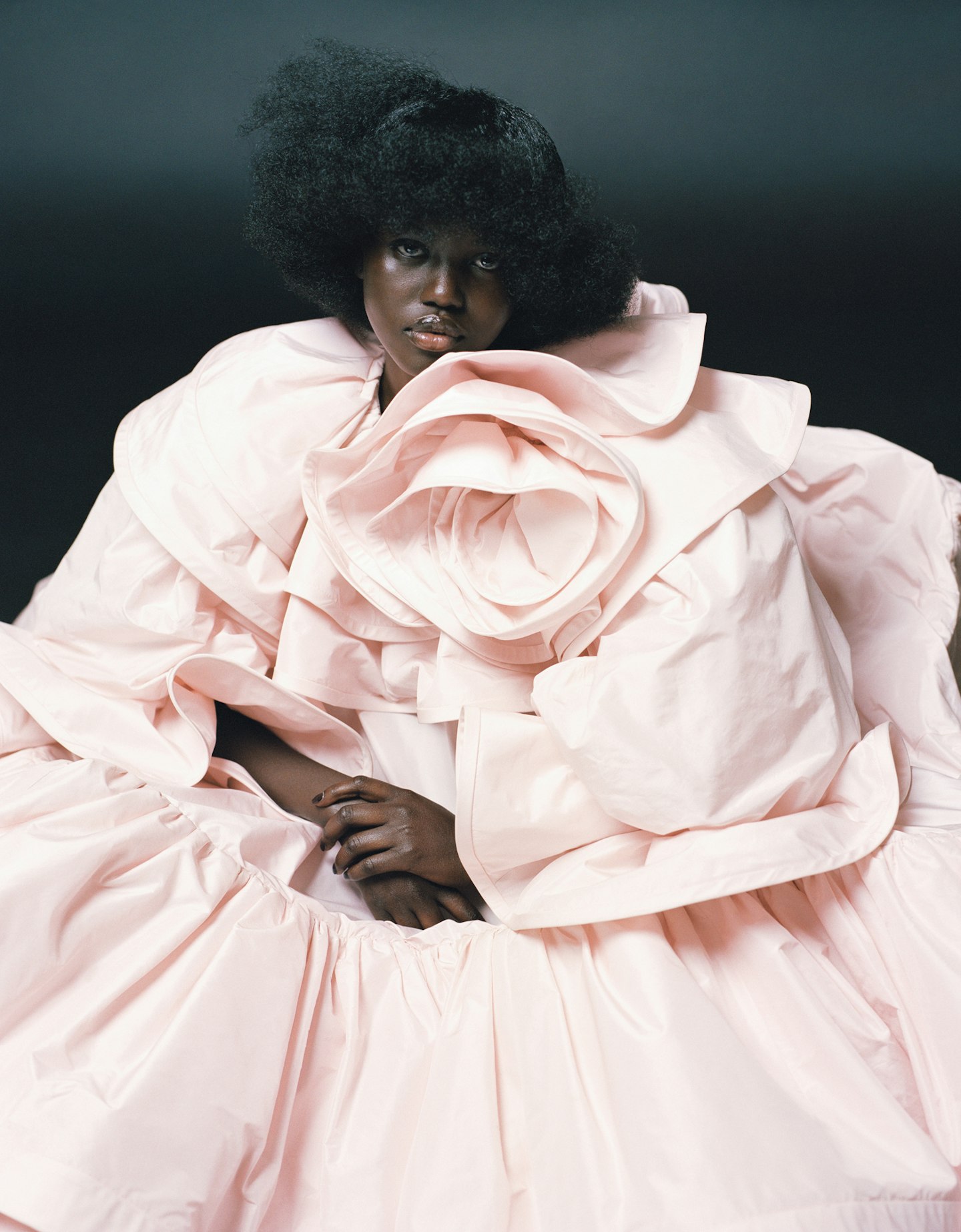 2 of 9
2 of 9Campbell Addy
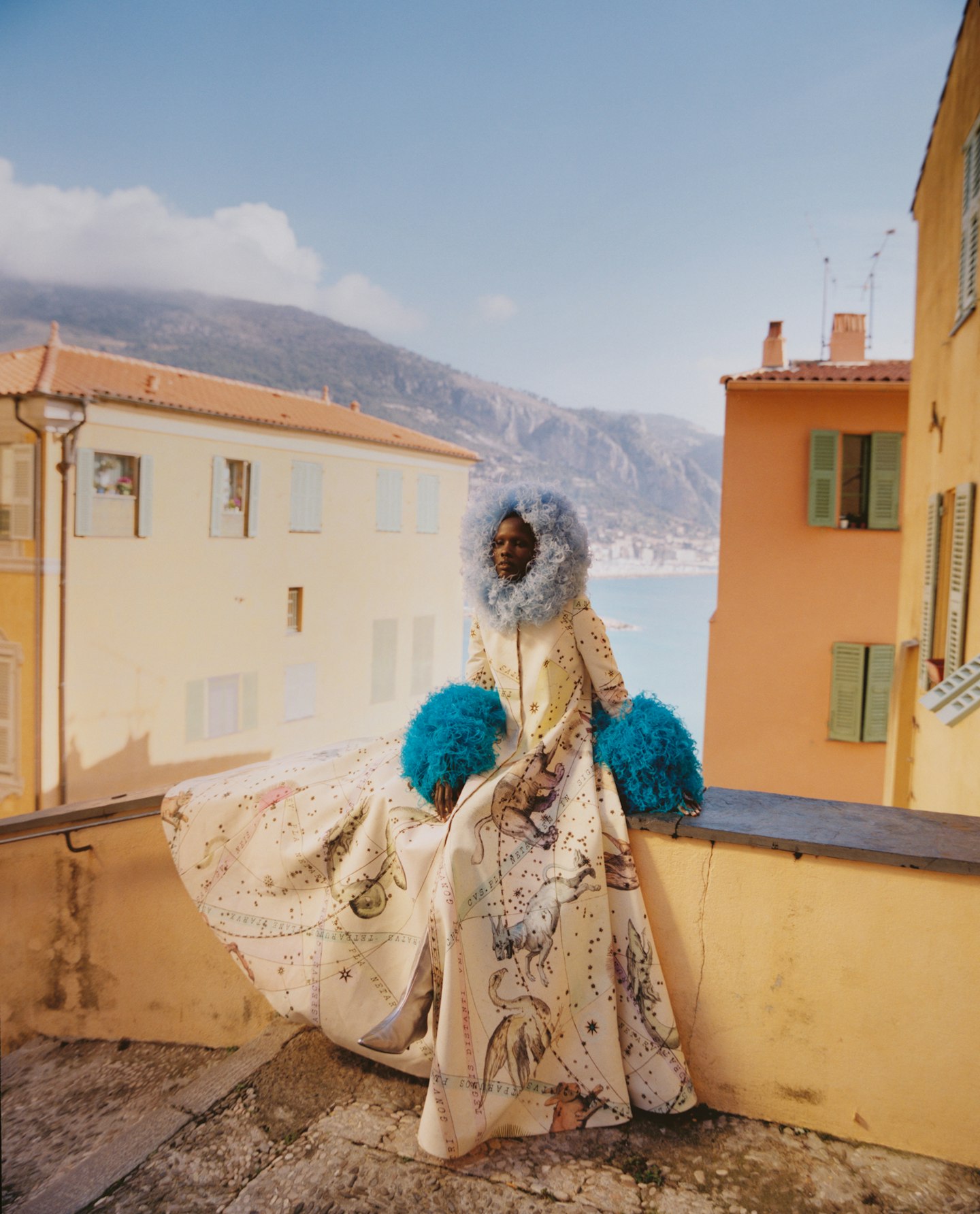 3 of 9
3 of 9Nadine Ijewere
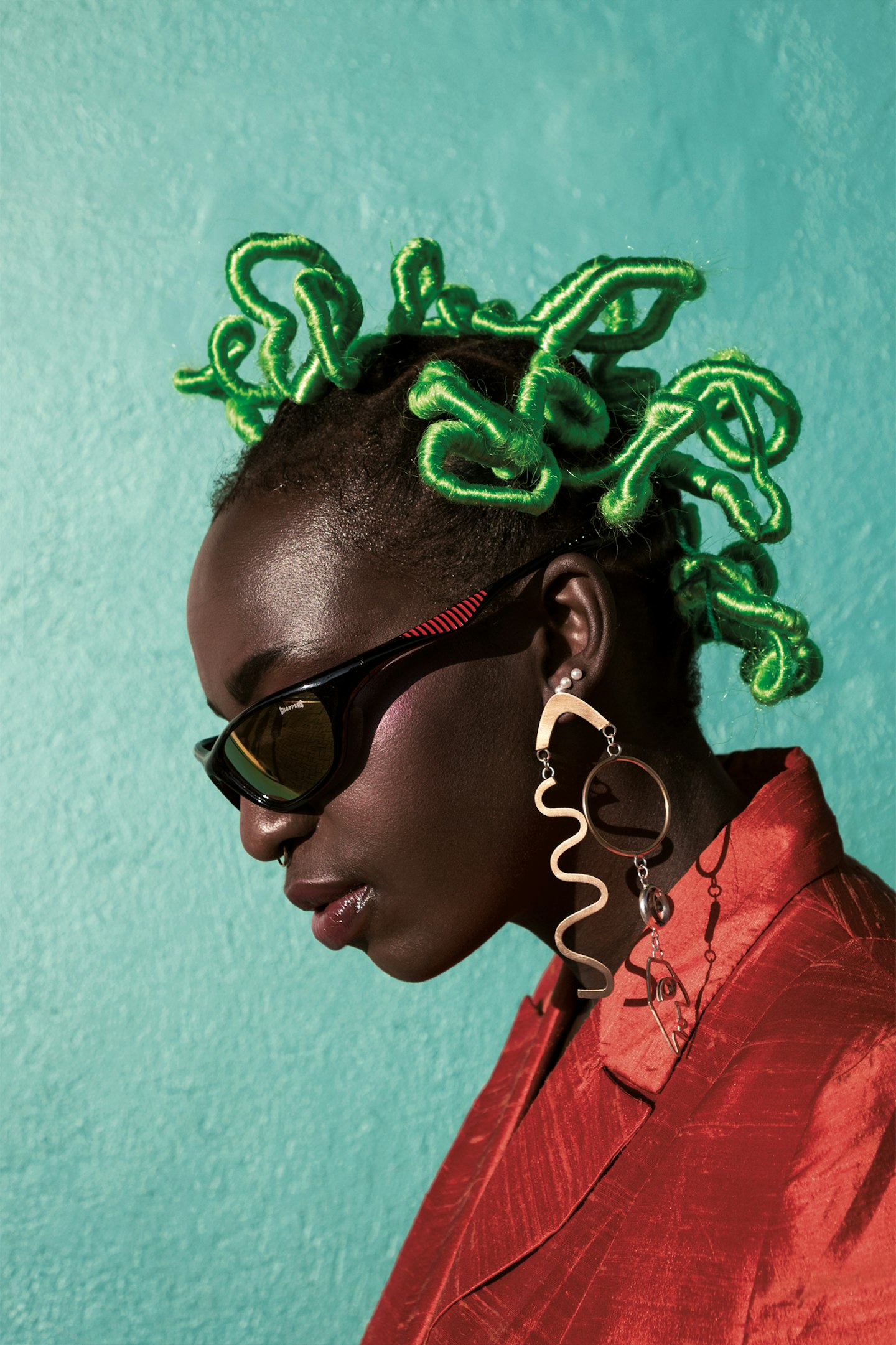 4 of 9
4 of 9Jamal Nxedlana
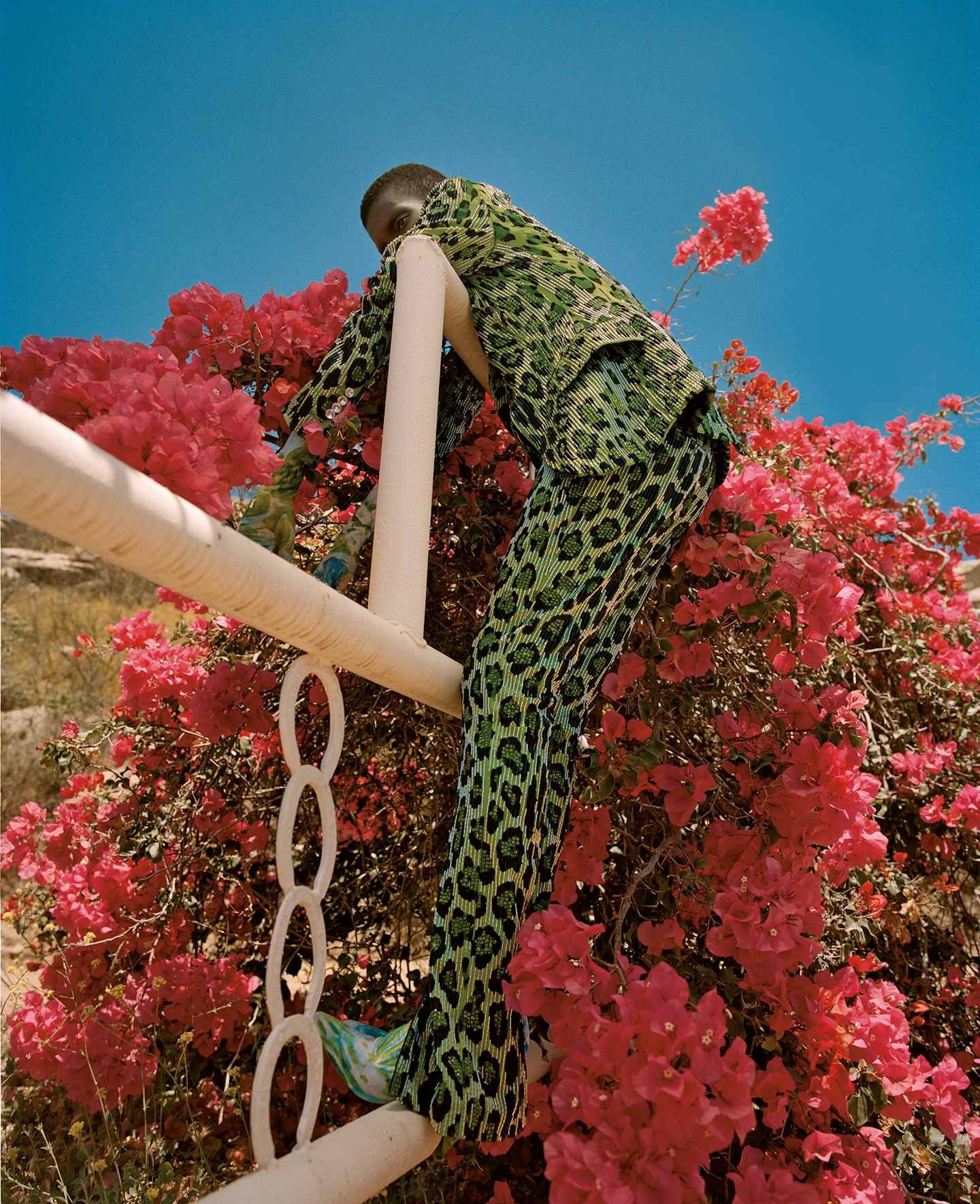 5 of 9
5 of 9Nadine Ijewere
 6 of 9
6 of 9Renell Medrano
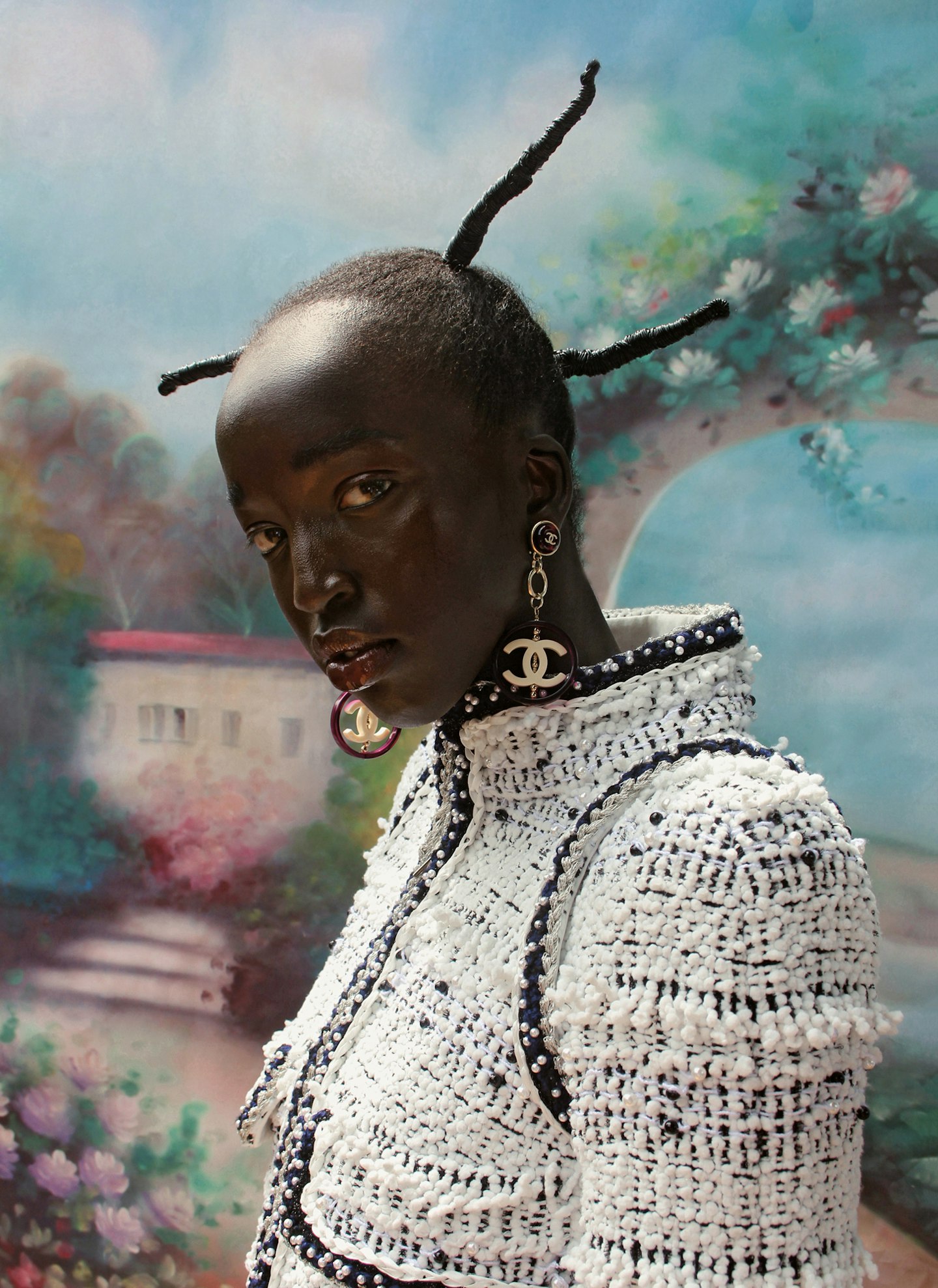 7 of 9
7 of 9Ruth Osai
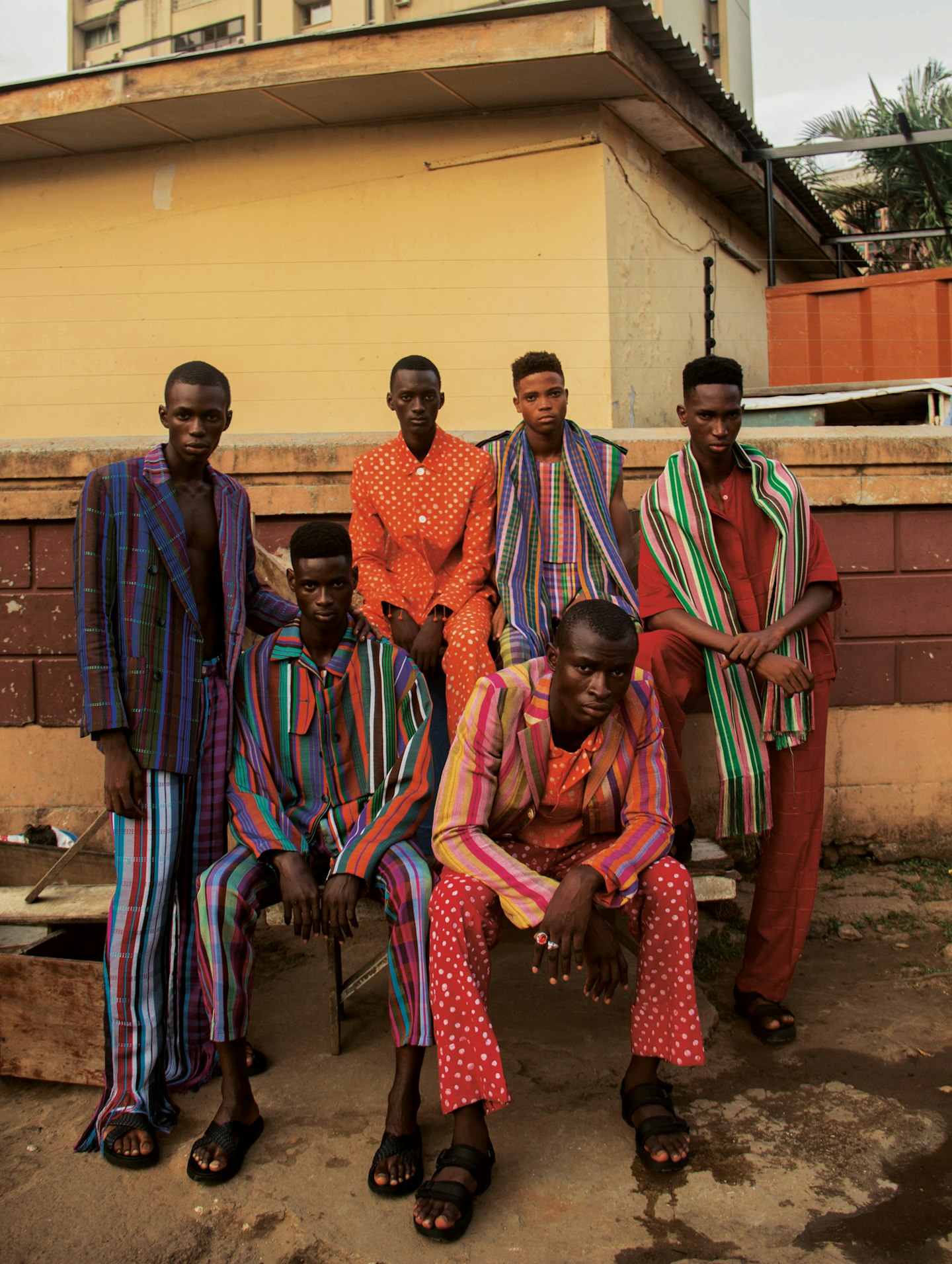 8 of 9
8 of 9Stephen Tayo
 9 of 9
9 of 9.jpg?ar=16%3A9&fit=crop&crop=top&auto=format&w=1440&q=80)